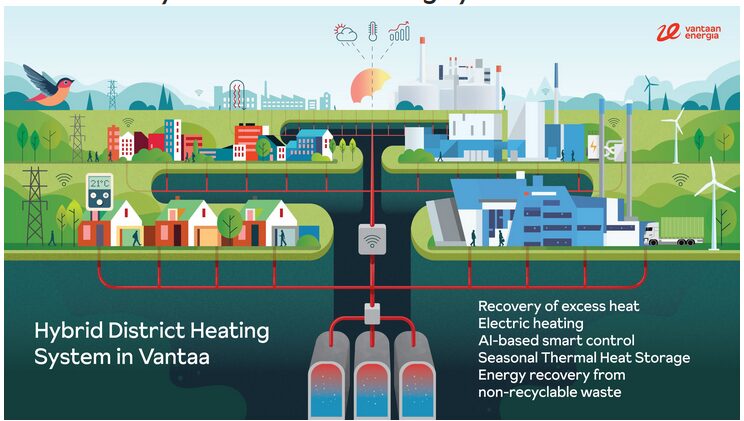I’m sure you realize that electric demand varies substantially depending on the time of day. The time of peak demand is different in industrial areas vs. residential areas but it clearly isn’t constant. In industrial areas and substantially business areas peak demand is during the day. In residential areas peak demand is in the early evening.
If one source of energy is PV, it will help provide energy for peak industrial and business demand. However, it does not help dealing with peak residential demand. Wind may be an important contributor here but it is less reliable. While there are other energy sources that contribute to handing the base load (nuclear, for example) you can’t just “turn up” the output of a nuclear plant at 6PM to deal with a load increase.
When hydroelectric dams were the major contributor to electric power you could just “turn up” the turbines but, today, hydro is a smaller percentage of the total power sources making this impossible. Currently, peaker plants, generation plants intended to only run part-time to meet peak load are typically either coal or gas turbines. Besides pollution issues, they cannot quickly meet a load peak so they must be started in anticipation of load peaks. The result is that their contribution to grid stability is very expensive.
What is needed is a way to “smooth out” electric demand. A battery can do that but the electric grid is alternating current (AC). To use battery storage you must convert the AC to DC and then be able to convert back to AC when there is demand. High power semiconductors have, until recently, been very expensive and other conversion methods have been inefficient. Additionally, battery technology was really not up for the job on a huge scale.
Well, things have changed. The Tesla MegaPack is one such battery system (I say system because they are both the batteries and the conversion electronics) that is up for this job. There are others — BYD, for example, produces similar systems — but the MegaPack is currently the most popular. With these systems in place excess generation capacity during light-load times (for example, midnight to 6AM) can be used to recharge the batteries. When demand peaks the batteries are there to meet it.
A recent video by The Electric Viking talks about one such system being installed in New York.



